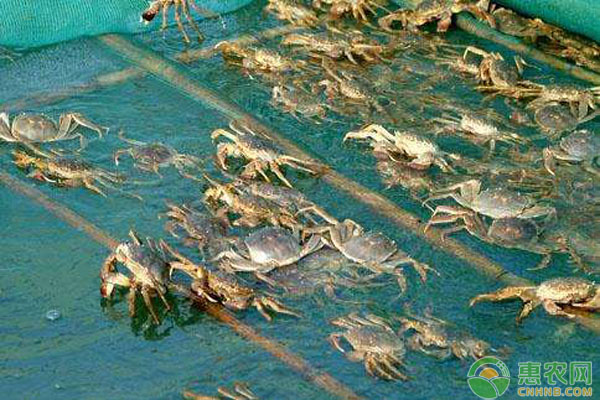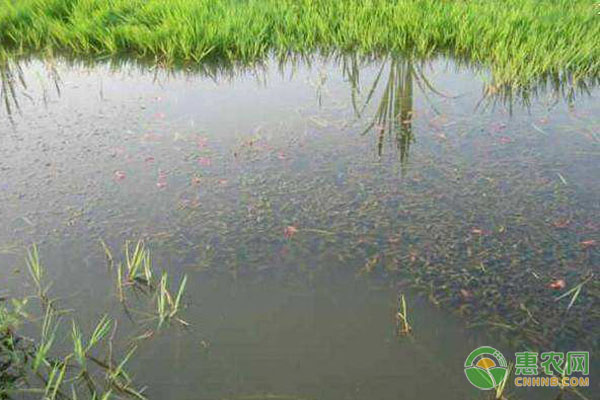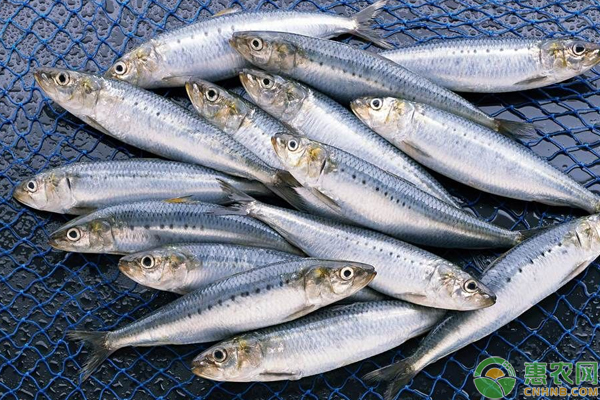With the continuous development of the aquaculture industry, pollution has also occurred, and there are many reasons for the environmental pollution, which can be divided into internal and external. Today, let's learn about the causes and prevention and control measures of aquaculture environmental pollution.

I. Causes of environmental pollution in aquaculture
1. External pollution source invasion
In aquaculture, exogenous pollutants are mostly plant-based nutrients. These substances contain a large amount of oils and carbohydrates. When they enter the water body, they will lead to eutrophication of water, thereby absorbing oxygen in the water and causing water production. Death due to lack of oxygen, the dead organisms will not cause timely disposal, will cause greater pollution to the water body, and eventually produce a vicious circle.
2. Internal pollution
1 pollution caused by inputs. In the aquaculture sector, inputs generally include aquafeeds and environmental improvers, which provide aquaculture with some of the nitrogen and phosphorus nutrients needed for growth to promote healthy growth; however, for higher aquaculture species The injection of a large amount of aquatic feed and improver will result in more residual inputs in the water body, resulting in changes in the aquaculture environment and even serious pollution.
2 Contamination caused by sludge at the bottom. Under normal circumstances, the products formed by the decomposition of debris and biological remains of aquaculture are important sources of water at the bottom of the body. The dissolution and release of the bottom sludge will increase the amount of sludge and easily lead to secondary pollution. In addition, in the process of aquaculture, water quality needs to be replaced in time. From the current status of aquaculture in China, aquaculture technology has not yet reached this level. The accumulation of large amounts of silt in the water body causes serious environmental pollution problems and cannot be changed temporarily. .
3 metabolite-induced pollution. Such pollution is extremely common. After a certain amount of nutrients are consumed by aquaculture, metabolites and feces are excreted in a corresponding time frame. The substances are mainly present in the form of nitrogen and phosphorus, in the form of feces, and Urine form and so on. The aquaculture industry is a highly intensive aquaculture industry. Compared with other aquaculture industries, its metabolites are relatively abundant, and the aquaculture environment is highly susceptible to pollution.

Second, aquaculture environmental pollution prevention and control measures
1. Establishing and improving the aquaculture management mechanism First, create a corresponding aquaculture environmental management mechanism to enhance the regulation of aquaculture specific behavior according to the specific conditions of aquaculture. The second is to strictly restrict the specific operational procedures of aquaculture, reasonably divide the correct practices and wrong operations, and actively use the correct methods of operation to punish the pollution incidents caused by wrong operations.
2. Government departments should strengthen the governance of external environmental pollution
First, government departments at all levels and relevant environmental protection agencies need to increase the control of domestic pollution and industrial pollution, and increase the impact on metal pollution to reduce the impact of pollution on the water environment. Second, government agencies also need to pay close attention to the external environmental pollution of aquaculture, and at the same time formulate relevant laws and regulations.
3. Scientific planning of aquaculture
First, the aquaculture management agency needs to make a corresponding assessment of the scale of development of the aquaculture industry according to the specific conditions of water resources, and complete the planning of the aquaculture area in light of the actual situation. Second, strengthen the environmental risk control of aquaculture areas, use reasonable and efficient risk prevention measures, scientifically expand secondary water sources, and rationally plan specific regional areas of aquaculture. Third, create a well-defined aquaculture management system.
4. Vigorously develop recycling water culture
For example, in the absence of a river, the farmer needs to build a very large artificial breeding pond, which is filled with water. After a long period of cultivation, the water in the pool is no longer suitable for the growth of the cultured products. replace. If the dirty water is discharged directly, it will not only cause waste, but also cause pollution to the land. However, the treatment of sedimentation, filtration, and disinfection of dirty water becomes a water suitable for aquaculture, which not only solves the problem of water pollution, but also achieves the purpose of saving.

5. Rational use of purification and remediation technologies for aquaculture environmental pollution
1 In-situ purification and repair technology. There are three main aspects, namely, chemical, physical and biotechnology. Both chemical and physical technologies are high-tech to enhance the oxygen content in water bodies; biotechnology mostly relies on the functions of microorganisms and aquatic plants to promote the purification of water bodies. Currently, aquaculture farmers mostly use biotechnology.
2 ectopic purification and repair technology. That is, artificial wetland circulating water treatment technology. Wetland has the functions of phosphorus, nitrogen and other related elements. At the same time, it has low investment cost and is easy to operate. It has been widely used in the process of industrial wastewater pollution remediation. International reports on the ectopic purification and restoration of aquaculture environment have been published.
6. Rational use of drugs
China's development goal for future aquaculture is to produce aquatic products without any pollution. However, the basis for achieving this goal is to implement automated farming, enhance the integration of environmental protection concepts, and minimize the use of drugs. Since green medicines can achieve the dual effects of preventing pollution and maintaining the ecological environment, because of the very broad market prospects, such medicines should be used in the aquaculture process.
Source: "Scientific Breeding"
Author: Wang Chunhua
Lactococcus Lactis,Lactococcus Lactis Powder,Lactococcus Lactis Bacteria,Lactococcus Lactis Treatment
Biodep Biotechnology Co. ,Ltd. , https://www.mbioda.com